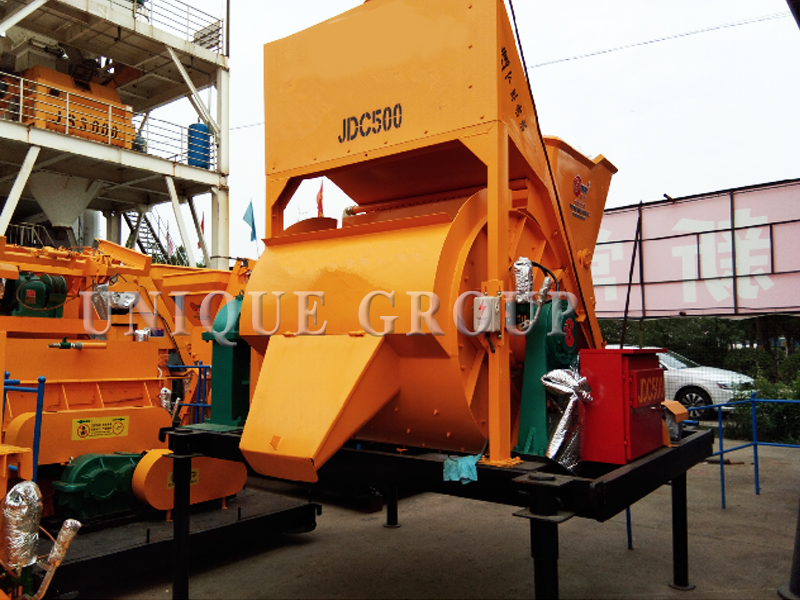The difference between the mixing effects of single-shaft and double-shaft horizontal concrete mixers
2024-06-13 16:01:21The difference between the mixing effects of single-shaft and double-shaft horizontal concrete mixers
The mixing process of a double-shaft mixer occurs not only in the radial direction, but also in the axial direction. The main mixing zone is located in the circumferential direction of the mixing body. During the entire mixing process, the energy value along this direction reaches the maximum, so the mixing space can be fully utilized, so that the aggregate, cement and water can reach the most uniform and optimal mixing mode in the shortest time under the condition of low circumferential speed of the mixing blade (1.4-1.6m/s), and achieve the best mixing effect.
The mixing principle of a single-shaft mixer is basically similar to that of a self-falling mixer. The rotating function of its mixing shaft (blade) is to raise the concrete to a certain height, and then let it fall freely to complete a mixing process. Therefore, when a single-shaft mixer is in use, the effective working volume is smaller than the theoretical design volume, and the height of the whole machine is much larger than that of a double-shaft mixer. When producing rolled concrete, the actual production efficiency of a single-shaft mixer is lower than the rated production efficiency.
PRODUCT TYPE LIST
NEWS
Contact Us
Address:Industrial Equipment Zone,Zhengshang Road Zhengzhou Henan
Zip: 450000 China
Fax:+86-371-63935058
E-mail:sales@unique-cons.com
TEL:+86-371-63699132








